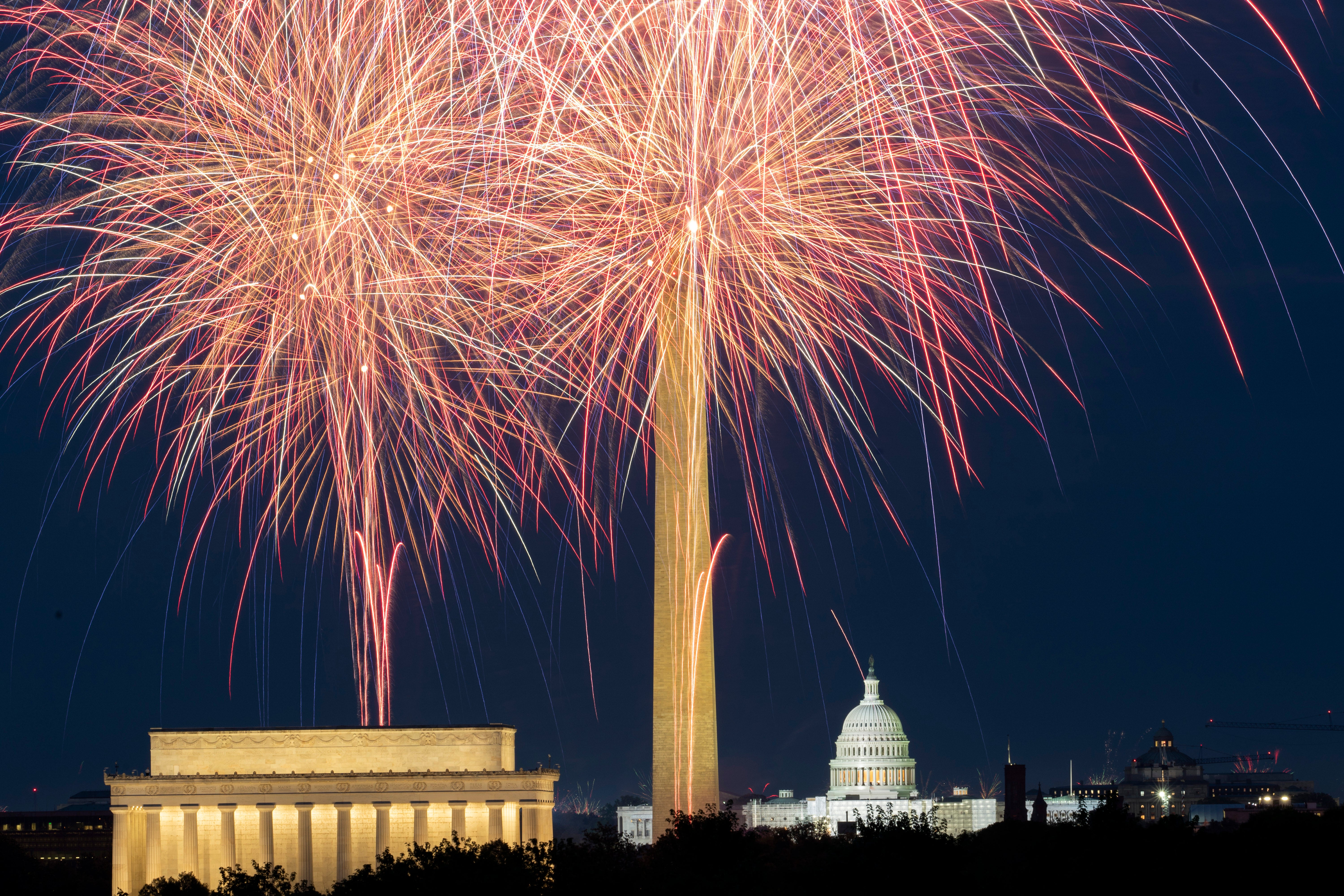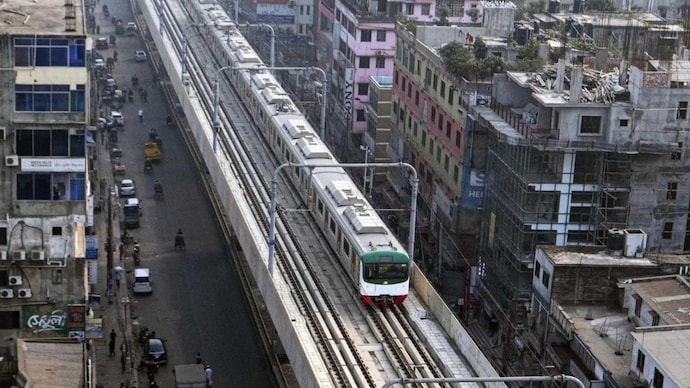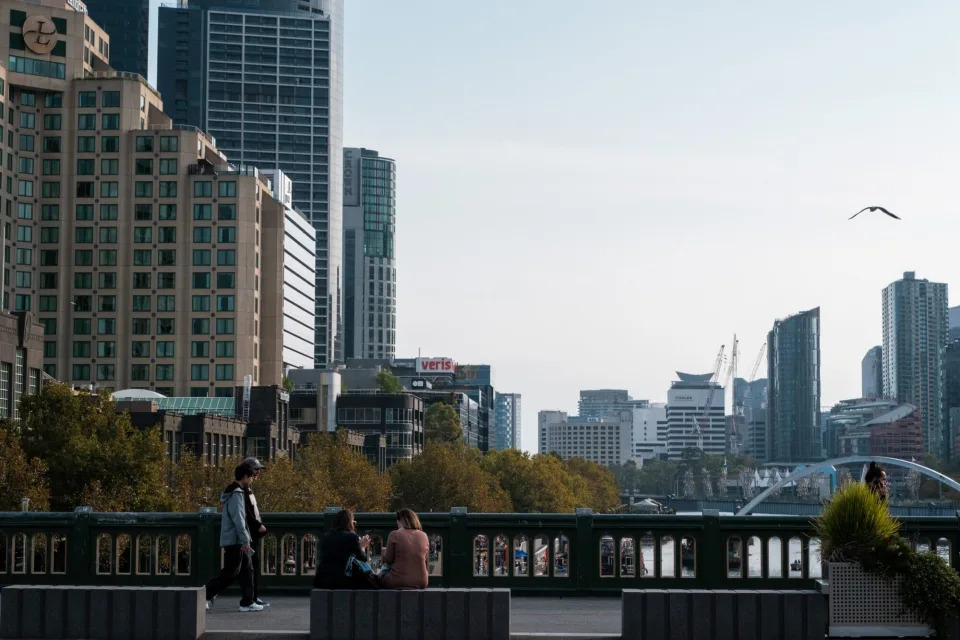It is doubtful that James Baldwin would be surprised if Trump eventually wins the election.
Premium Times
August 25, 2024
NIGERIA

The upcoming presidential election in America would likely be one of its most consequential in recent memory, and understandably, Mr Trump commands the highest attention. All eyes are centred on him and the MAGA crowd, to see how they would react, especially if the result does no go their way. James Baldwin often joked about his own large, bulbous eyes; he called them “bug eyes… Those eyes may focus on America as Kamala Harris compete with Donald Trump this November.
Recently, I woke up to the UK Guardian and the eulogy of Kenan Malik to James Baldwin, a Black American writer and a thinker of great intellect. Bruce Malogo had hoisted the Malik piece on The Oeuvre platform, a book club of diverse palettes to which we both subscribe, with Fred Ohwahwa, Eniola Olakunrin, Wale Fatade, Chukwuma Nwokoh et al. James Baldwin, the subject of Malik’s eulogy, was born in Harlem on 2 August, 1924, into a Black family in the ‘suffocating grip of poverty’ during the segregation era in America.
Back in the day, lynching was common, especially in the southern parts of the country. Black lives didn’t matter. For Blacks in the Segregation era, life was uncertain and dangerous in America. Reading the eulogy on James Baldwin’s birthday, it is rankling how colour really mattered just a few generations back. It is also striking that Baldwin lived a relatively short life, unlike Geoffrey Dearmer, a British poet of the period, who lived to be 103, and Genevieve Callerot, a French novelist who is still alive at 108. Baldwin died in 1997 at the age of 63. He would have turned 100 this August had he lived longer, like Dearmer or Callerot.
The posthumous tribute on Baldwin’s centenary birthday opens a latent dam, sending down a flurry of personal recollections of the great writer I met as an undergraduate in Ife four decades ago. Baldwin always pulls his readers by the collar and leads them into the deeper ends of the pool. There, he deftly immerses them, neck-deep, into the nuances of race and colour in the America of his time.
His many famous works, including Giovanni’s Room (1956), The Fire Next Time (1963), and Tell Me How Long the Train’s Been Gone (1968), tally the immense human cost of race bigotry. But I like A Letter to My Nephew the most. First published in the Progressive Magazine in 1962, later in The Fire Next Time, the letter reads like a lament, a cautionary tale on the racial cesspit in pre-civil rights America. A Letter to My Nephew is addressed to a young Black male who he also calls James, “born into a society which spelt out with brutal clarity … that he is a worthless human being, not expected to aspire to excellence (but) to make peace with mediocrity.”
But Baldwin implores that his nephew, James, should pay no heed to false narrations by Whites on Black inferiority, because they arose from a racist’s worldview “not based on true reflection… but on the sad insecurity of (the) white countrymen.” Rather than seeking to be accepted by Whites, he urged his young nephew to find a place in his heart to ‘accept’ the Whites, to pity rather than resenting the perpetrators of racism, because they are “trapped in a history they do not understand.” Baldwin’s counsel to James reads like an excerpt from Jesus’ Sermon on the Mount, or the absolution of Christ for his traducers at Calvary.
For him, exile was a tactical escape at the time to prevent “madness, violence and suicide.” Later, he wrote on the voluntary emigration, that he felt “chewed up by (New York) City” and the strains that came with being Black in the city. “You look for a place to live. You look for a job, and society has decided to transform you into nothing. I knew what was going to happen to me. I didn’t think I could survive the race problems.”
The activist-writer went on a voluntary exile to Paris, as the initial clouds of racial conflict gathered over America in 1948, and did not return until 1957. For him, exile was a tactical escape at the time to prevent “madness, violence and suicide.” Later, he wrote on the voluntary emigration, that he felt “chewed up by (New York) City” and the strains that came with being Black in the city. “You look for a place to live. You look for a job, and society has decided to transform you into nothing. I knew what was going to happen to me. I didn’t think I could survive the race problems.”
The bedrock of the official segregation that Baldwin often wrote about was somehow fractured in the summer of 1964, when Congress passed the Civil Rights Act. It became illegal in America to discriminate on account of race, colour, religion, sex or national origin. The Voting Rights Acts followed in 1965 to outlaw the discriminatory voting edicts enacted in many southern states after the Civil War to exclude Blacks from voting. The racial winter of the Jim Crow type has somehow thawed since the 1970s; African-Americans have gradually climbed out of the cesspits James Baldwin often describes in his books.
The lexicon of race has mutated too. The N-word is no longer an openly acceptable currency in gentrified circles; now, unlike in the days of James Baldwin, it is suave and more nuanced. KKK doesn’t openly roam American streets looking for Black skulls to crack. A Black president, Barack Obama, was even installed in the White House in 2008, though four years later than Robert Kennedy forecasted at the height of the Civil-Rights riots in 1964.
Could James Baldwin now rest in peace at his centenary, pleased that America has somehow bruised its racial serpent? Most probably, he could not. He had rightly predicted that beneficiaries of racism would always want to rouse its ghost in America. He warned, as President Johnson signed the Civil Rights Act in 1964, that “White supremacy mutates; it doesn’t just disappear.” The fiery writer was talking about the 400 years of difficult race relations in America. He knew that society does not fully rotate like an owl’s neck, especially on delicate issues like racial segregation that had abided with his nation since birth.
Trump promised in his first term to “Make America Great Again,” hence his MAGA acronym, but his opponents, mostly Democrats, felt it was a ploy to evoke the ghost of race and take America back to the precinct of Jim Crow. MAGA, they insisted, was a dog whistle to rally the Whites against the growing multiculturalism in America. They now allege that Project 2025 is a desperate effort by the far right, alias MAGA, to lead America back to the infamous era that James Baldwin had worked against all his life.
Most Americans credibly believe that racism is still mutating, even in this election cycle, in the centenary of James Baldwin. They point to Project 2025, a 900-page document crafted by the far right to guide Donald Trump in office if he wins. Trump promised in his first term to “Make America Great Again,” hence his MAGA acronym, but his opponents, mostly Democrats, felt it was a ploy to evoke the ghost of race and take America back to the precinct of Jim Crow. MAGA, they insisted, was a dog whistle to rally the Whites against the growing multiculturalism in America. They now allege that Project 2025 is a desperate effort by the far right, alias MAGA, to lead America back to the infamous era that James Baldwin had worked against all his life.
Critics point to offending clauses in Project 2025 that want to expunge every law on Diversity, Equity, and Inclusiveness (DEI). They point to limits emplaced by some Red States, like Florida, on teaching about slavery in school curriculums. The American Civil Liberties Union (ACLU) also worries that instead of making America great, the Project 2025 plans would worsen systemic inequalities in education, healthcare, and economic opportunities, all of which gave James Baldwin sleepless nights in the 1960s.
Of course, these are legitimate fears for most of Mr Trump’s foes. His past records in office show that he is a credible threat to the left, especially on matters of race. He made no pretensions to inclusiveness and unabashedly packed the Supreme Court with ultra-conservative white justices who have already made some landmark decisions for the right. In 2017, President Trump publicly adulated a group of Klansmen and neo-Nazis who were breaking bones in Charlottesville, Virginia, describing them as ‘very fine people.’ Writing on that event, someone noted that such open support for bigotry from high office had not been witnessed since 1963, when Governor George Wallace of Alabama sided with the white supremacists trying to stop the admission of Black students into the State university.
The upcoming presidential election in America would likely be one of its most consequential in recent memory, and understandably, Mr Trump commands the highest attention. All eyes are centred on him and the MAGA crowd, to see how they would react, especially if the result does no go their way. James Baldwin often joked about his own large, bulbous eyes; he called them “bug eyes.” The poet Amiri Baraka described them as “two television tubes” in the eulogy to Baldwin at his funeral in 1997. Those eyes may focus on America as Kamala Harris compete with Donald Trump this November. But it is doubtful that James Baldwin would be surprised if Trump eventually wins the election.
Wole Akinyosoye is on the faculty of GSCL, an Oil and Gas consulting group, Abuja.











